Click here and press the right key for the next slide (or swipe left)
also ...
Press the left key to go backwards (or swipe right)
Press n to toggle whether notes are shown (or add '?notes' to the url before the #)
Press m or double tap to slide thumbnails (menu)
Press ? at any time to show the keyboard shortcuts
Signature Limits

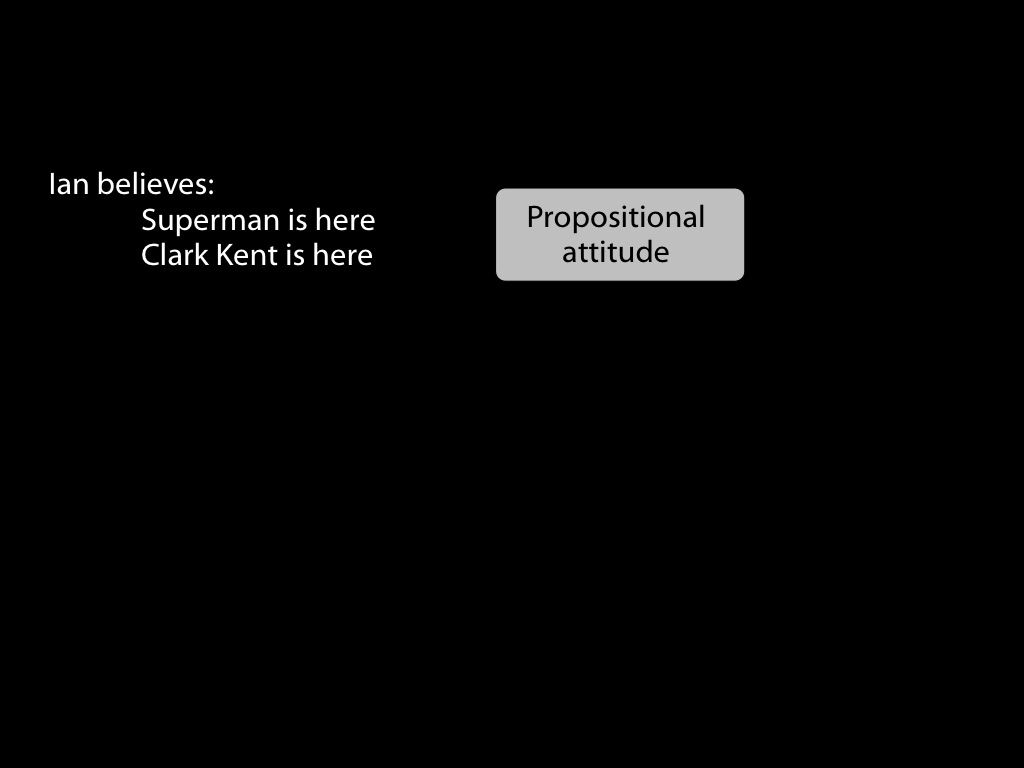

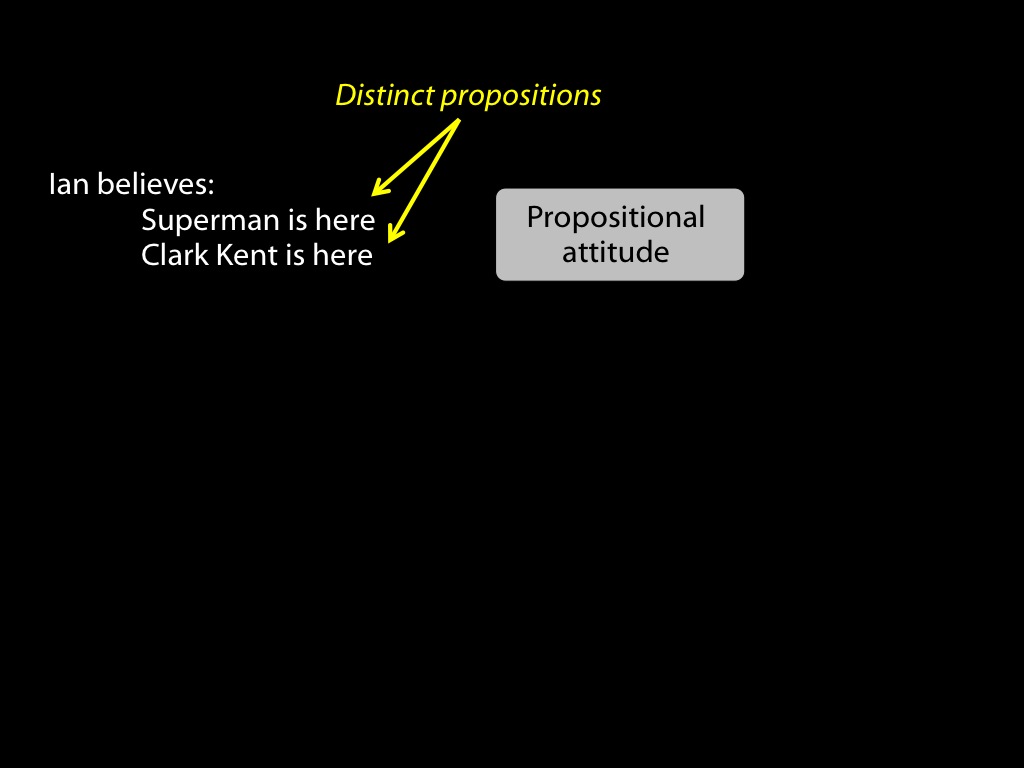

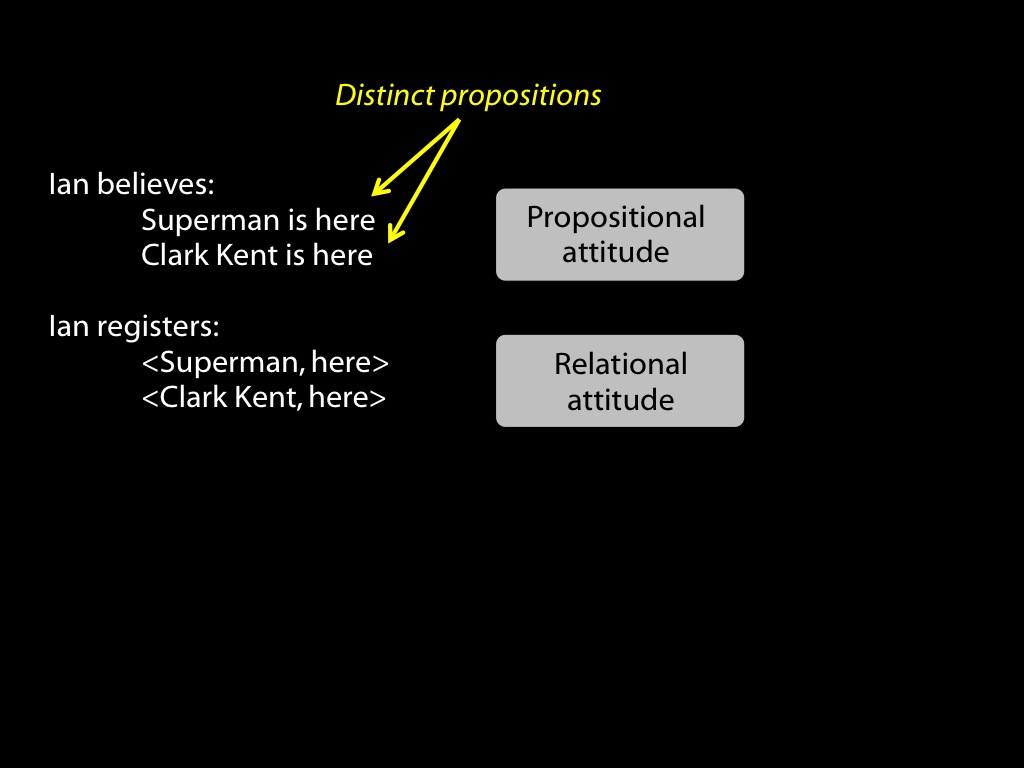

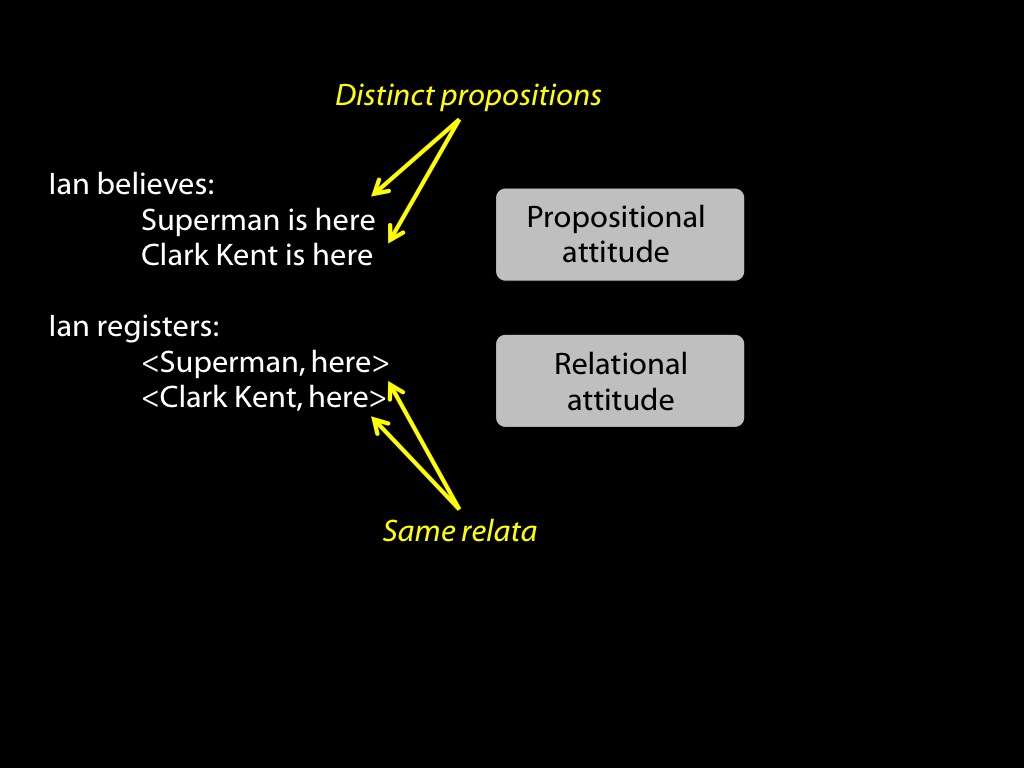

signature limits generate predictions
Hypothesis:
Infants’ belief-tracking abilities rely on minimal models of the mental.
Prediction:
Infants’ belief-tracking is subject to the signature limits of minimal models.

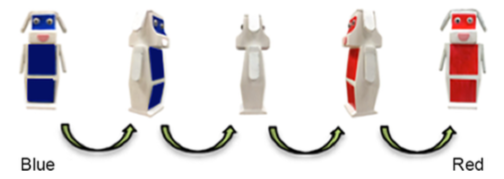
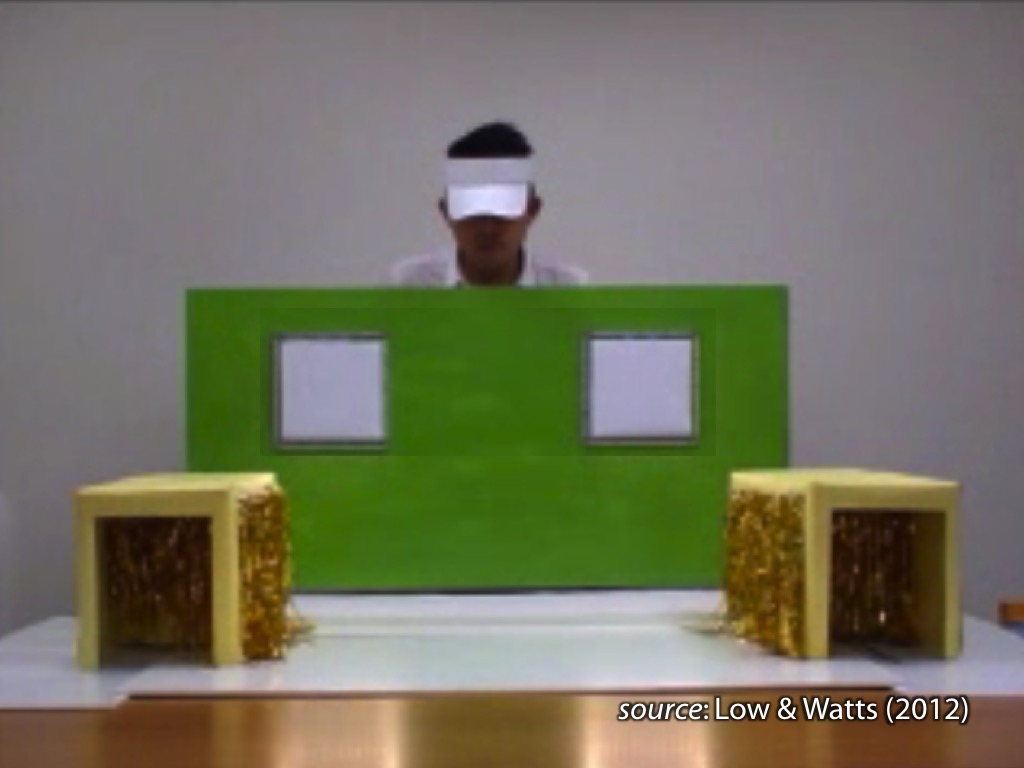
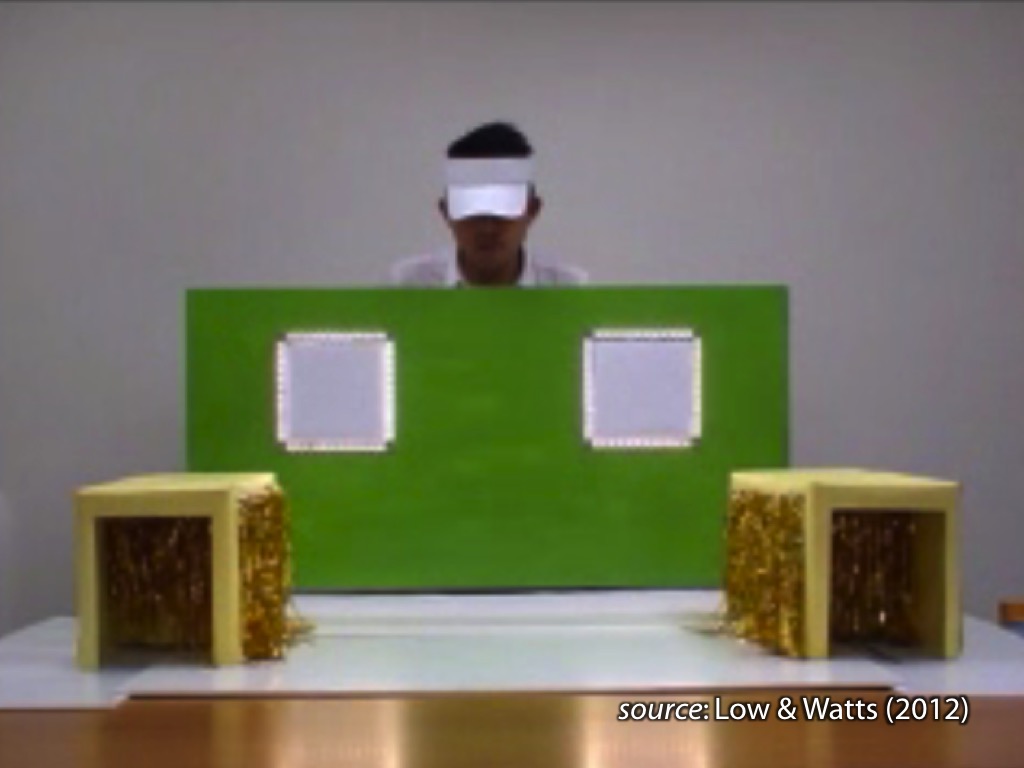

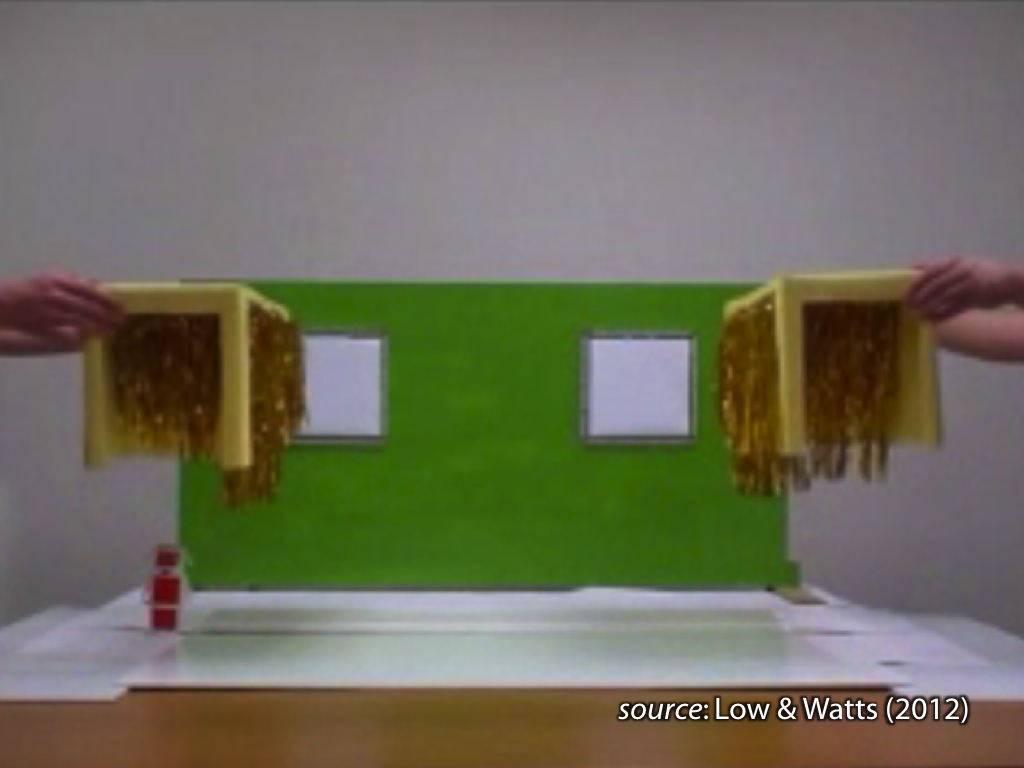
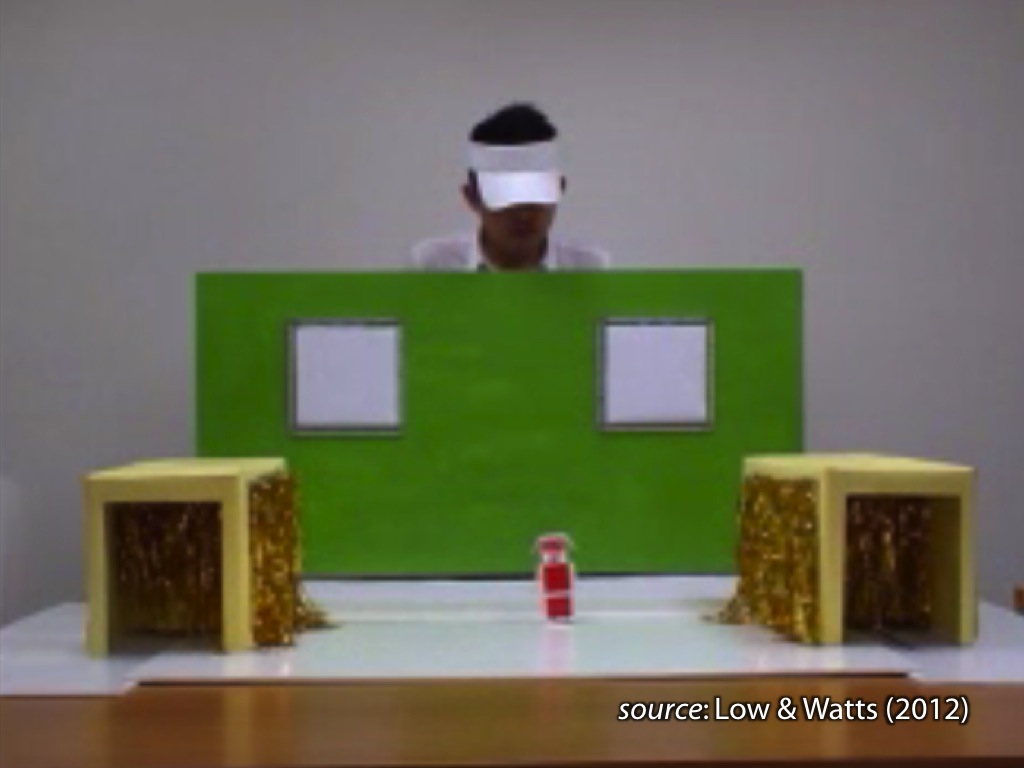
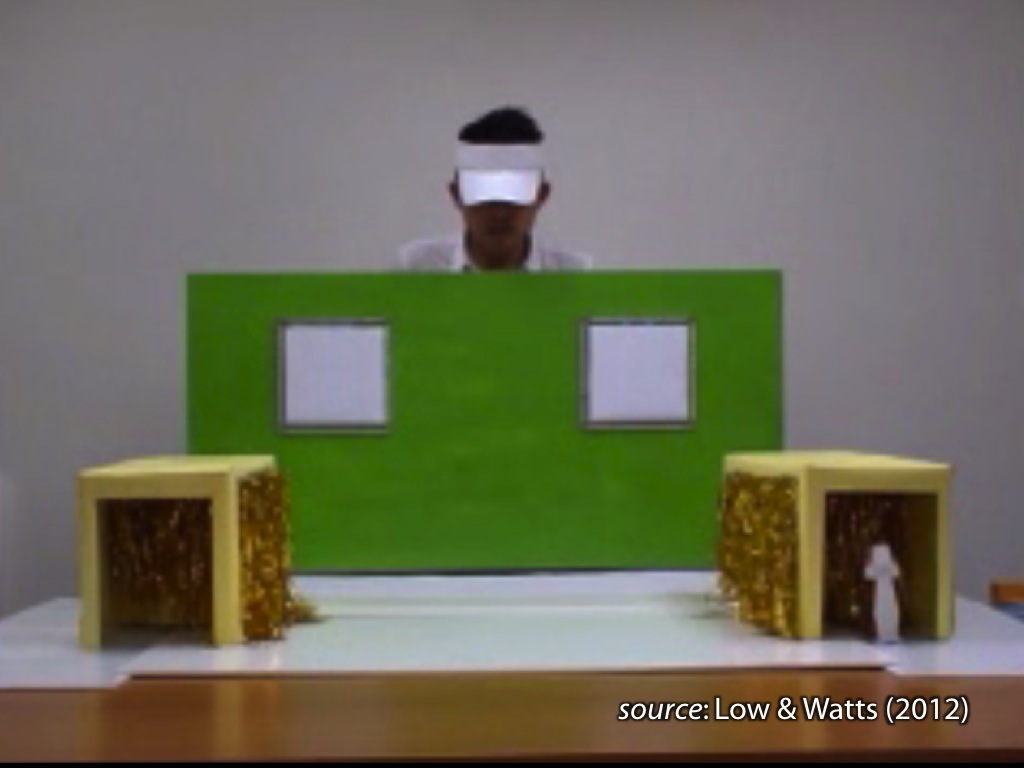
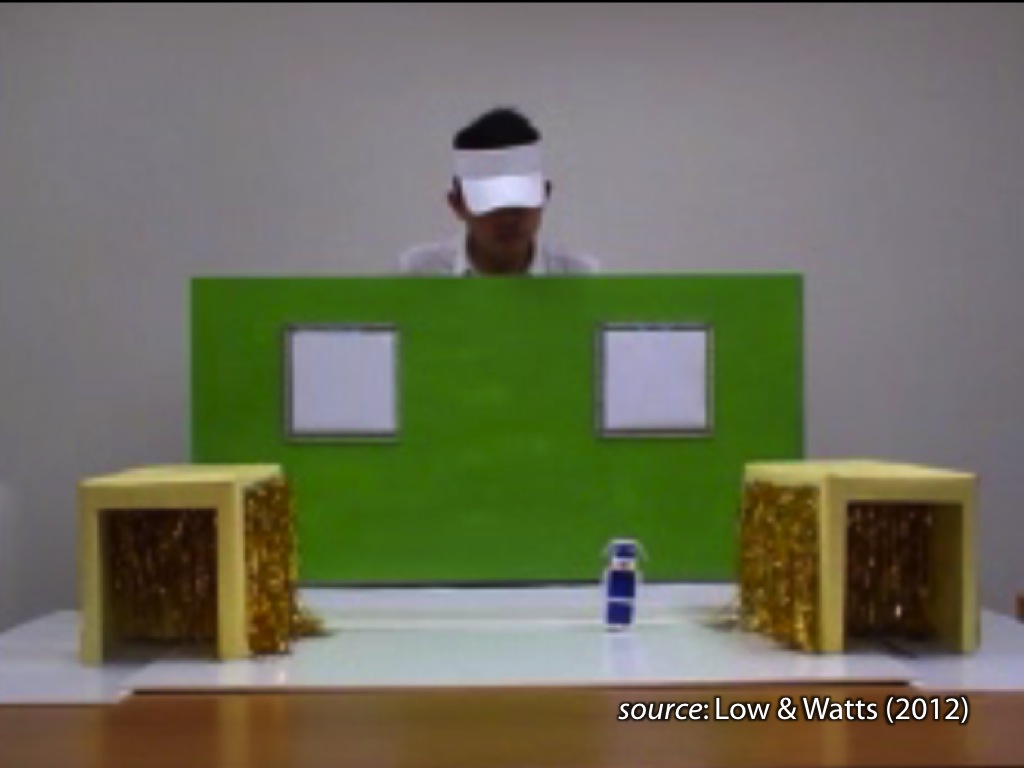
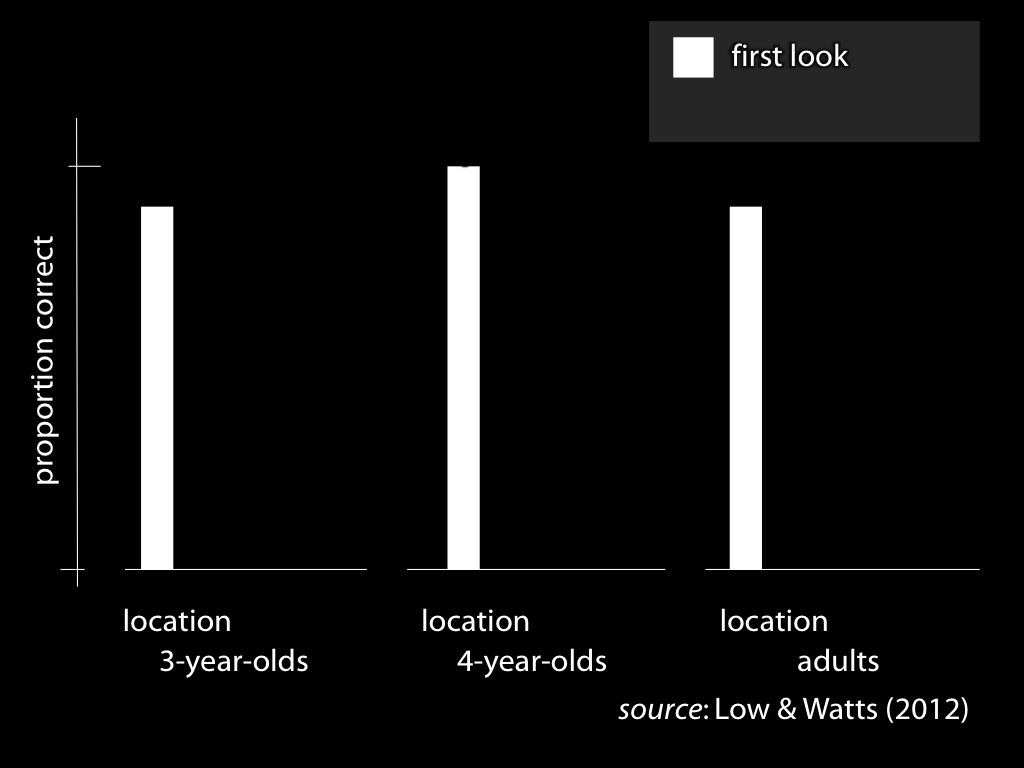
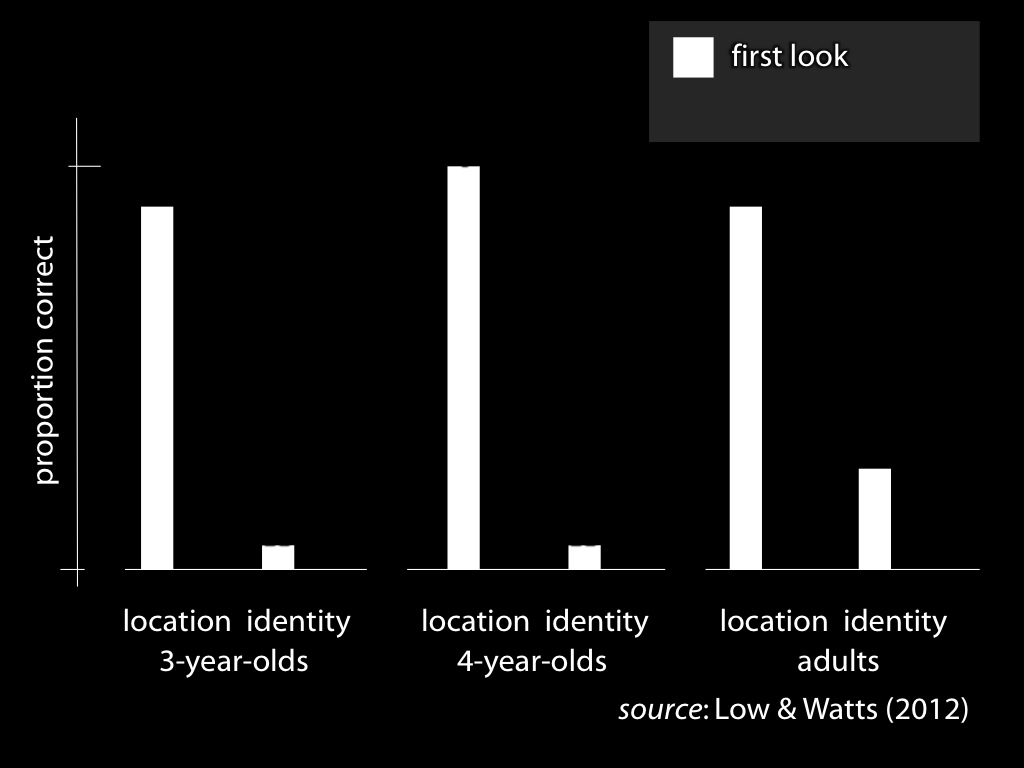
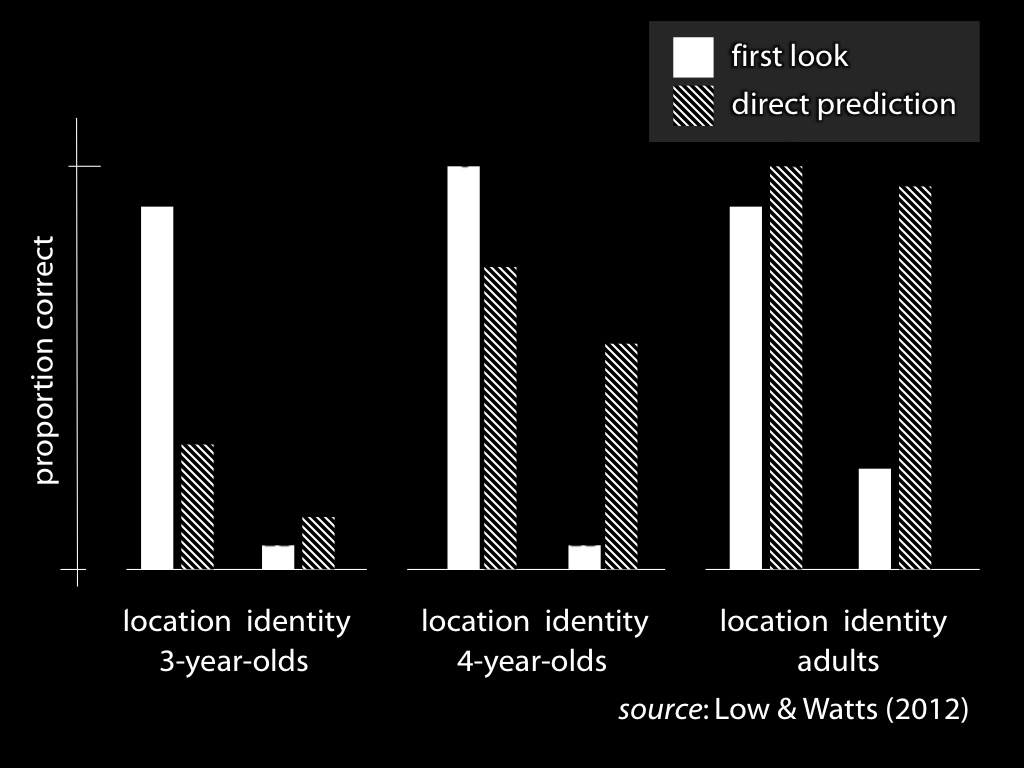
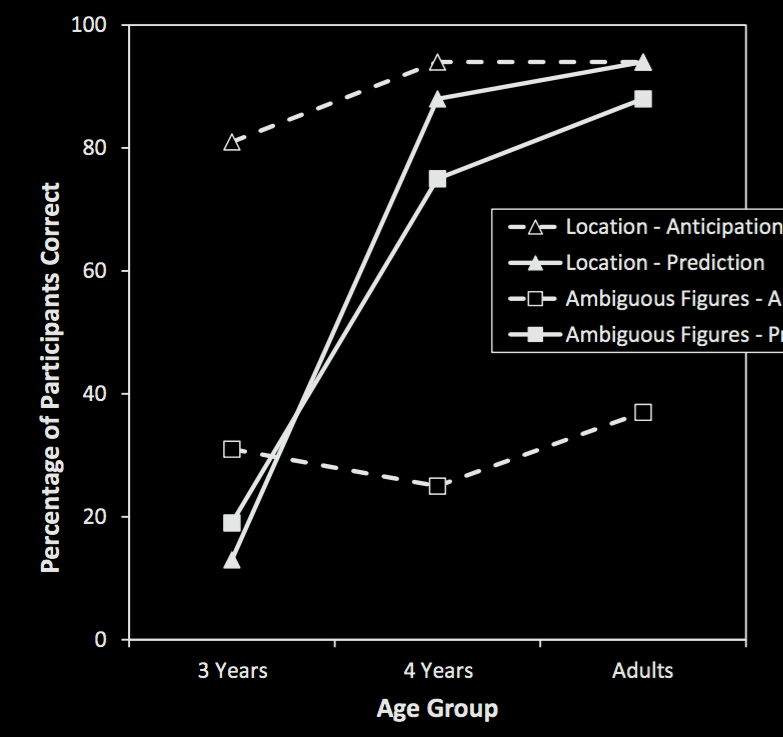
Low et al, 2014 figure 2
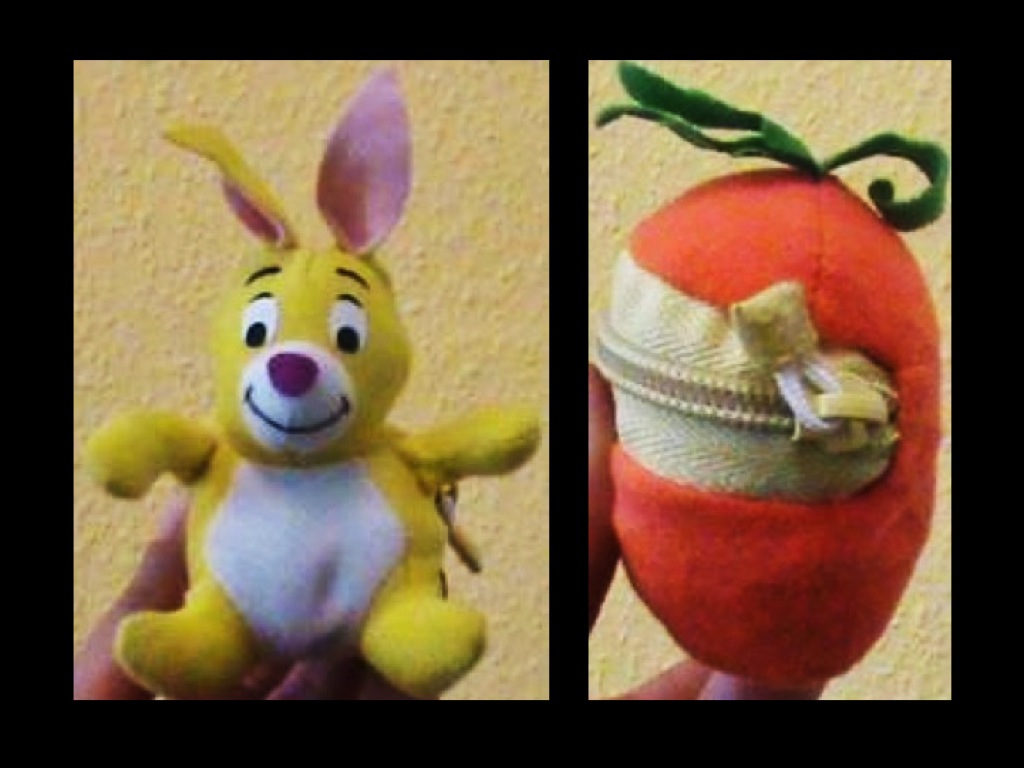
signature limits generate predictions
Hypothesis:
Infants’ belief-tracking abilities rely on minimal models of the mental.
Prediction:
Infants’ belief-tracking is subject to the signature limits of minimal models.
reidentifying systems:
same signature limit -> same process
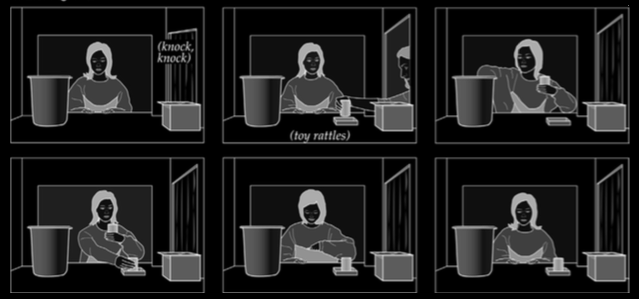
Scott et al (2015, figure 2b)
‘the theoretical arguments offered [...] are [...] unconvincing, and [...] the data can be explained in other terms’
Carruthers (2015)
signature limits generate predictions
Hypothesis:
Infants’ belief-tracking abilities rely on minimal models of the mental.
Prediction:
Infants’ belief-tracking is subject to the signature limits of minimal models.
Q1
How do observations about tracking support conclusions about representing models?
Q2
Why are there dissociations in nonhuman apes’, human infants’ and human adults’ performance on belief-tracking tasks?
1. models [done]
2. processes